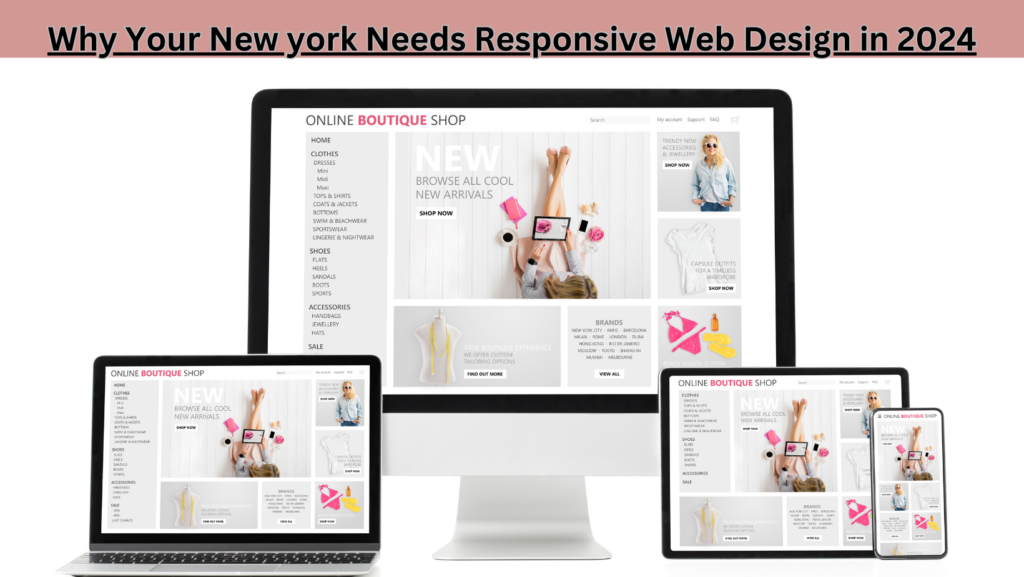Launching a Successful Online Project: A Guide to Success
Ensure success in product development by creating a powerful online project. Save time and resources while minimizing risks. Build a robust online presence for increased chances of success.
So what should you look for when starting a IT project? How can you make sure it meets your business goals and does not fail? As you probably know, this depends on many factors, and it’s hard to pick the most important one. In this article, we will list some of the most important steps you need to take to launch a successful IT project. Let us go!

Content Overview
IT projects from a technical and business perspective
Step 1. needs analysis
Step 2. creating a plan
Step 3. Writing a IT specification
Step 4. choose the best software house
Step 5. choose the right technology for the project
Step 6. stay engaged and communicate
IT projects from a technical and business perspective
When planning your next major project, consider both business and technical aspects.
Business factors include analyzing the market and the needs of your target audience to deliver appropriate products. Another important step is to identify your competitors. They can be a great source of information and inspiration for further activities. By identifying and analyzing your competitors, you can gain important insights into their strengths and weaknesses to ensure you are moving in the right direction. Remember that successful projects do not happen by accident. In most cases, they are the result of a combination of great ideas and smart business decisions.
Technical aspects include choosing the right technology for your project and gaining knowledge of IT -related topics. Remember, you do not have to have experience with IT – you can always ask a professional software house for a free consultation and be guided to the best solutions.
As evident, having an innovative product idea is not always sufficient for success. Even when initiating an IT project with a promising concept, there is still a risk of failure. Research by CB Insights indicates various reasons for startup failures, including a lack of alignment between the product and the market, inaccurate cost estimates, and poor business decisions such as selecting the wrong team, absence of a viable business model, and financial issues. Therefore, careful planning and strategic considerations are essential, especially when embarking on an online project.
Step 1. needs analysis
To kickstart your Online Project , it is crucial to delve into market research and pinpoint your target audience. What specific product are they seeking? What pain points do they encounter, and how can your offering alleviate them? Are they inclined to invest in your product? What unique value proposition does it offer? By conducting a comprehensive analysis, you’ll unravel key insights and gain a deeper understanding of your target demographic.
In the early stages of an online project, it’s crucial to analyze competitors. Research their products, marketing strategies, communication methods, and more. This effort expands your knowledge and provides inspiration for your upcoming activities. By examining your competitors’ paths to success, you can discern effective actions, gather valuable business ideas for your project development, and stay informed about industry trends. Additionally, this analysis enables you to identify pitfalls, learn from mistakes, and implement strategies to mitigate the risk of your online project failing.
Step 2. Create a plan
“When initiating an Online Project, crafting a comprehensive plan is a foundational step for success. A well-thought-out plan encompasses vital details such as product functionality, budget, and deadlines. Consider the business goals driving the project, crucial information for both you and your technical partner. Additionally, deliberate on the necessary team composition and product specifications—decide whether your project is a web or mobile application.”
An essential decision lies in whether to develop the entire solution at once or focus on the Minimum Viable Product (MVP) initially. Opting for an MVP allows you to test your idea in the real world, garner feedback from early users, and concentrate on core features. Explore the advantages of this approach in this insightful article to enhance your understanding of building successful online projects

Creating a meticulous plan is crucial, especially when gearing up for an online project. This foundational step not only streamlines the development of technical specifications but also sets the stage for a successful collaboration with a software house. By clearly defining the project’s scope, you gain insights into potential timelines, generate accurate IT cost estimates, and more. Your plan should extend beyond immediate needs; envision future activities and embrace a comprehensive perspective that accommodates ongoing development and the scalable growth of your online application.
Step 3. write a IT specification
Once you know the goals of your project, you can write everything down and summarize the important information in one document. The software requirements specification (SRS) will serve as a guide for your technology partner and help the team learn more about the app’s features, the overall business idea, and your expectations.
If you are not ready for this step and still have doubts about the scope of your project, you should conduct some product workshops. They will give you a great opportunity to analyze your product’s functionality in depth and look at the project from a comprehensive perspective.
Product workshops are also helpful when it comes to creating IT project cost estimates. The development team can use the information gathered during the workshop to better understand the project and estimate costs in detail.

Crafting a comprehensive Software Requirements Specification (SRS) is pivotal for project success. How should you prepare a top SRS, and what should it contain? The more detailed the document is, the better. It will serve as a guide for your software partner, ensuring effective project implementation. In this article, discover the main tips on how to prepare this document for a successful online project.
Step 4. Choose the best software house
Choosing the right partner is a big issue. We have covered it many times in our articles, so I will try to keep it short here. To begin with, you should consider which option is best for you: hiring your own team or outsourcing software development. Today, many companies choose IT outsourcing because it can save time and money.
Before choosing a software development partner, there are some important things to consider. First, check the partner’s portfolio. Does your potential partner have experience with the specific technologies you want to use? What about customer reviews – do they outline the key benefits of working with this team? Then pay attention to the partner’s values and working methods. Transparency, willingness to respond to your business needs, openness: these qualities should catch your attention. It is also a good sign if the company is willing to discuss the limits of the project; this means that it is trustworthy and honest with you.
A professional software house should provide an estimate ( IT ) and help you understand difficult issues, both business and technical. Your partner should also use good project management methods and proven web technologies.
Step 5. Choose the right technology for the project
When undertaking the development of an online project, it is crucial to select the right technology for your web application or any IT product. If you are extending an existing online project, this process becomes more straightforward, as you already have a clear understanding of the technologies suitable for your project. Trust in your technology partner to guide you through this selection process and ensure the seamless implementation of your online project
Starting an online project from scratch requires a meticulous analysis of available technology options, especially if you lack skills in this area. This article provides valuable suggestions on how to choose the right technology for your product. If you find yourself unfamiliar with the technology and in need of assistance, consider reaching out to a professional software house. They can offer expert advice to guide you through the process and help you make the best choices for your online project.
Step 6. Stay engaged and communicate
You have selected a partner and gathered the key requirements for your product. Where do you go from here? Your project will start soon, but have you planned for your involvement? Engagement is extremely important because a lack of involvement can lead to failure.
In our experience, the more involved the customer is, the better and more effective the work becomes. When you are part of the project, you have the opportunity to provide constant feedback, review the direction of development, and communicate with the team.
Collaboration based on communication and transparency is the first step to a product that is tailored to your needs. Our customers can track our progress and participate in all meetings. This builds trust and increases the effectiveness of the partnership. However, if you do not have time to get more involved, we can provide you with a dedicated product owner to take care of the project.
As evident, adherence to crucial rules can significantly boost your likelihood of success. Fortunately, you have the support of your technology partner throughout every stage, ensuring alignment with your business goals. Feel free to contact us, and we’ll provide expert guidance to lead you toward the best solutions for your online project.












